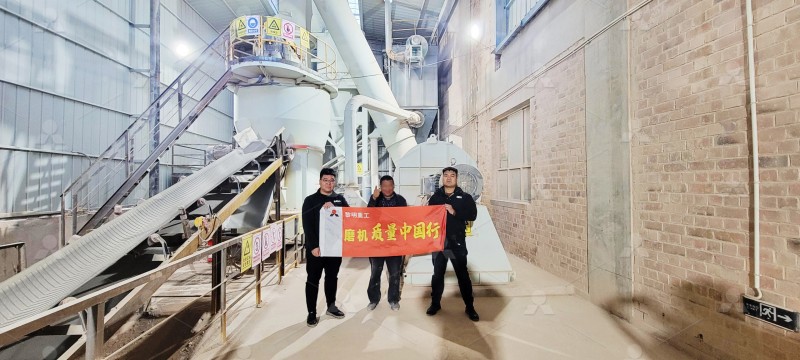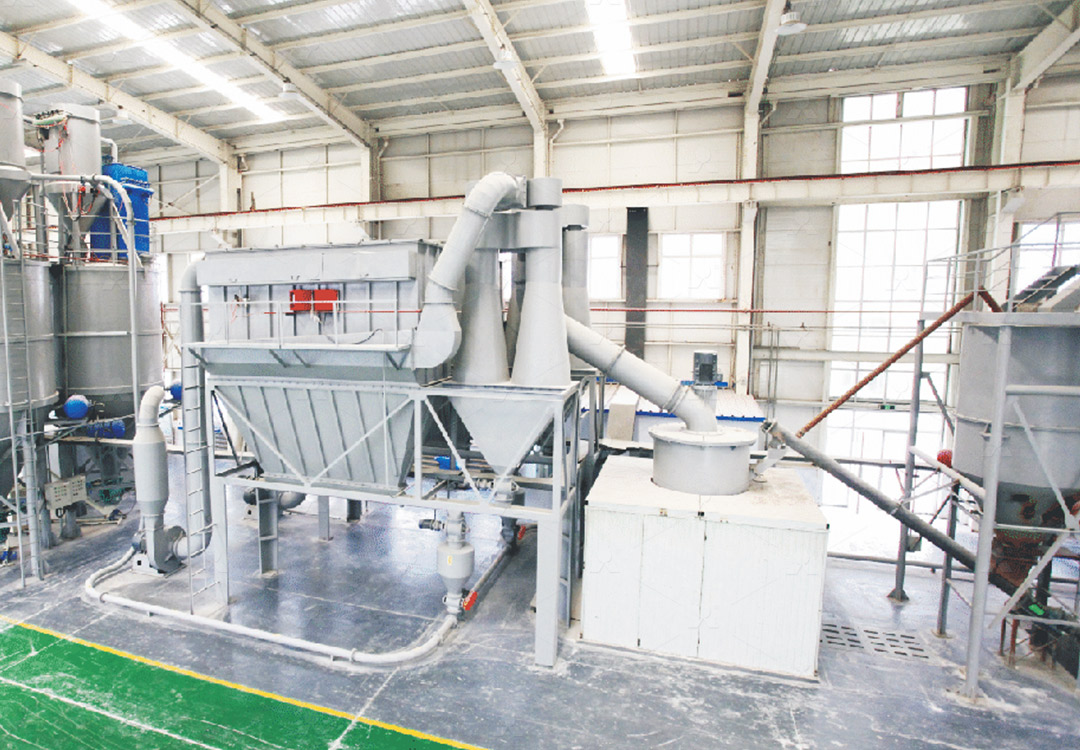How Does a Stone Raymond Roller Mill Work?
How Does a Stone Raymond Roller Mill Work?
For over a century, Raymond roller mills have been the workhorse of the mineral processing industry, providing reliable fine grinding for countless applications. While the fundamental principles remain consistent, modern iterations like our advanced grinding solutions have significantly enhanced efficiency and operational simplicity.
The core operation begins with material preparation. Raw stone, crushed to an appropriate size (typically under 25mm), is elevated and fed uniformly into the grinding chamber by a vibrating feeder. This consistent feeding is crucial for stable operation and optimal grinding performance.

Inside the mill’s heart—the grinding chamber—the magic happens. The central vertical shaft, driven by a motor and reducer, rotates the turntable (or grinding ring). Multiple grinding rollers, suspended from a yoke, rotate around their own axes while being pressed firmly against the inner surface of the rotating turntable. This creates a powerful rolling and squeezing action. As material is fed onto the center of the turntable, centrifugal force throws it outward under the path of the rollers, where it is crushed and ground into powder.
The ground material is then lifted by the airflow generated by an integral blower. This air stream carries the fine powder upward to a classifier or separator. This critical component acts as a precision gatekeeper. Using adjustable rotor blades, it creates a centrifugal force field. Coarse particles, too heavy to follow the air stream, are rejected and fall back onto the turntable for regrinding. Only the fine, correctly-sized powder passes through the classifier.

The final product, now a consistent fine powder, travels with the air stream into a cyclone collector. Here, the powder is separated from the air and discharged through a rotary valve as the final product. The cleaned air is often recirculated back into the mill system, creating a closed-loop, negative-pressure environment that minimizes dust emissions. Modern systems are equipped with high-efficiency pulse jet baghouse dust collectors and mufflers, making the entire process remarkably clean and quiet.
Beyond Traditional Raymond Mills: The Modern Evolution
While the classic Raymond mill design is effective, technological advancements have led to more sophisticated and efficient solutions. For operations requiring ultra-fine powders with superior control and lower energy consumption, our MW Ultrafine Grinding Mill represents a significant leap forward.
This advanced mill is engineered for customers who need to make ultra-fine powder between 325 and 2500 meshes. It features a state-of-the-art, multi-head cage-type powder selector based on German technology, which dramatically increases classification precision. With an input size of 0-20 mm and a capacity range of 0.5-25 tph, it offers remarkable versatility. A key design innovation is the absence of rolling bearings and screws within the grinding chamber, eliminating common failure points and allowing for external lubrication without shutdown. This enables continuous 24/7 production for higher yields and lower operational costs.
For another powerful option, consider the LUM Ultrafine Vertical Grinding Mill. It integrates ultrafine powder grinding, grading, and transporting in a single, compact unit. With an input size of 0-10 mm and a capacity of 5-18 tph, it employs the latest grinding roller and German powder separating technology. Its unique roller shell and lining plate grinding curve make it easier to generate a stable material layer, resulting in a high rate of finished product in a single pass and improved whiteness and cleanliness.

Frequently Asked Questions (FAQ)
What is the typical fineness range of a Raymond-type mill?
Traditional Raymond mills can produce powder from 30 to 325 mesh. However, advanced models like the MW Ultrafine Grinding Mill can achieve a much finer product, adjustable between 325 and 2500 meshes.
How is the final product fineness controlled?
Fineness is primarily controlled by adjusting the speed of the classifier rotor. A higher speed allows only finer particles to pass, while a lower speed results in a coarser product. The grinding pressure on the rollers can also be adjusted in some models.
Are these mills suitable for hard and abrasive materials?
Yes, but with considerations. The grinding rollers and rings are typically made from high-chromium or other wear-resistant alloys to withstand abrasion. The specific hardness of the material (Mohs scale) should be checked against the mill’s specifications.
What are the key advantages of modern mills over traditional designs?
Modern mills offer higher energy efficiency (30-50% less consumption), greater automation, superior environmental controls with integrated dust collection, higher yields, and more stable operation with features like electronic limiting technology to prevent mechanical damage.
